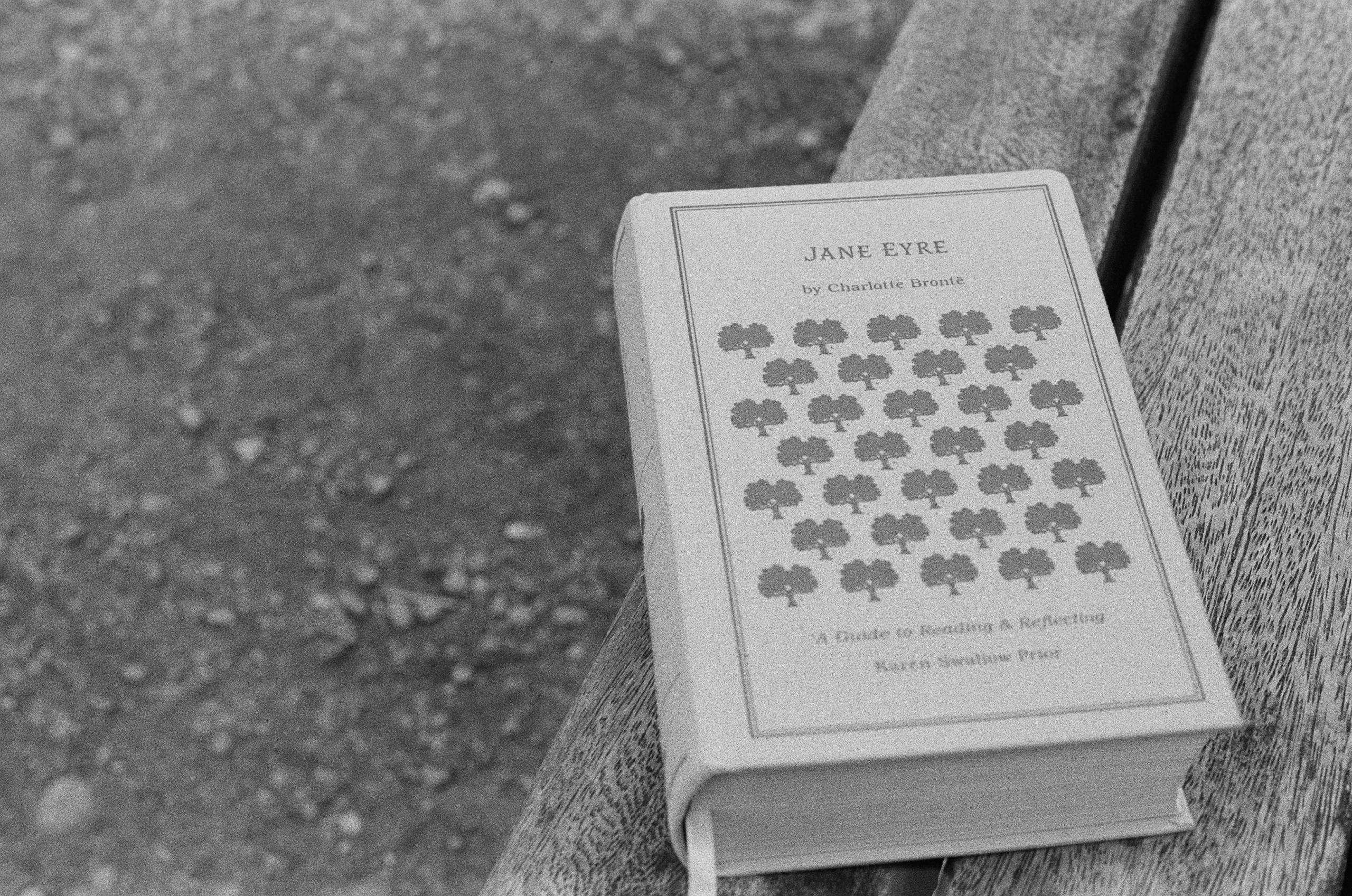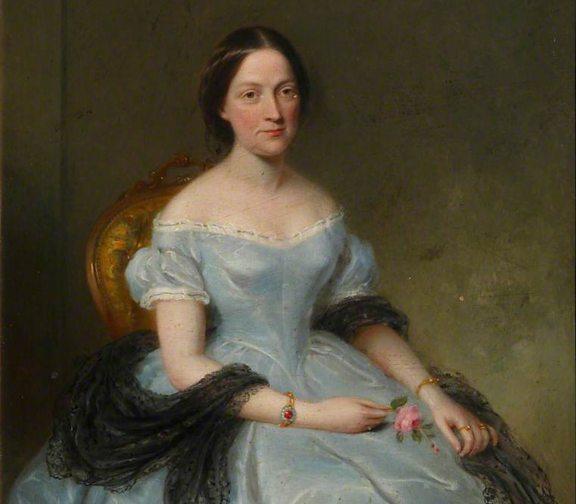The nineteenth century is characterized by several events and historical situations that marked the beginning of the women's movement and women's rights in the United Kingdom.

After the Industrial Revolution
Women's historians have debated the impact that the Industrial Revolution brought on the women's movement and feminism. This is mostly because of the Industrial Revolution and the further development of capitalism and how it affected the status of women in society.
Before the Industrial Revolution women were taking part in numerous aspects of the economic and productive life through agriculture, breweries, nursing and farming. When the economy and the production changed, men started taking paid labour and jobs outside the house or the farm, leaving women with domestic tasks and or work that was poorly paid.
In this regard, capitalism and the Industrial Revolution had a negative effect on women's living style and role in society.
What characterized the Victorian Era?
The Victorian Era was the period of Queen Victoria's reign, which lasted from 1837 until 1901. This period was characterized by a strong religious drive to achieve higher moral standards. Despite a resistance toward rationalism, the political agenda of this period was increasingly liberal and counted various political and social reforms.
This liberal current was led by philosophical utilitarians and intellectuals such as Jeremy Bentham, James Mill and John Stuart Mill. Despite the romanticization and mysticism that also characterized the nineteenth century, this movement was called 'Philosophic Radicalism' and aimed at promoting and bringing progress using scientific rationality and business orientation and efficiency.
This resulted in a period of reforms in the social and political aspects, which open a window for change in British society and women.
Women in the Victorian Era
Despite having a woman as head of state during this period, women did not have the right to vote, sue or own property when married. During this period, women were considered to exclusively belong to the domestic sphere, which focused on the household chores, raising children and nurturing their family. Women had practically no rights and were instantly losing ownership of their wages, land, properties and belonging as soon as they married.
Literature from the Victorian Era, such as the novel Jane Eyre by English writer Charlotte Brontë described the situation and living style of women, family life and male domination during this period. The novel contains rich elements of social criticism, with a strong sense of Christian morality at its core. It is considered to be a book ahead of its time because the novel approaches topics such as class, sexuality, religion, and feminism.

Household and domestic environment
Under this law, when women married, the household was represented by the husband and all the property, money, and earnings were controlled by the husband, and would even lose their property following divorce.
Women were not allowed to open banking accounts, and married women were not able to establish or conclude a contract without their husbands. This meant that during this time, women could not exert control over their finances or leave a failed marriage without being left completely unprotected or with any recognition of their domestic work.
During this period, law regarded men as persons, and the legal recognition of women's rights as autonomous persons would be a slow process.
On the bright side of this slow process, the nineteenth century marked the beginning of change regarding marriage laws and the legal rights of women to divorce or gain custody of their children with the following acts:
- Custody of Infants Act 1839, 1873
- Matrimonial Causes Act, 1857. In Britain, before 1857 women remained under the economic and legal control of their husbands, and divorce was practically impossible.
- Married Women's Property Act, 1884
- Guardianship of Infants Act, 1886
Sexuality, violence, and abuse
Leaving no rights or protection for women, their bodies also became the owner of their husbands, giving them control over their children, non-consensual sex, and domestic labour.
Domestic violence towards women and wives was given increasing attention by social and legal reformers during the nineteenth century. However, the first animal-cruelty legislation was passed in 1824 almost 30 years before the legal protection from domestic violence for women was granted in the Criminal Procedure Act in 1853. Further, in 1857, the law would recognize violence as a ground for divorce.
Education and work
Access to education was not a priority for women because they were expected to marry and perform household and motherly duties only.
Nevertheless, in 1848, the outlook and access to education-seeking women improved when Queen's College in Harley Street in London was founded, opening further educational opportunities and eventually leading to the foundation of the National Union of Women's Suffrage Societies in 1897.
Regarding work, this varied a lot depending on the social class women belonged to.
Working-class women had a very difficult time finding job opportunities or jobs that would accept them. Farming was one of them, but until 1860 this job was poorly paid, and women started turning to industrial employment where they recently were allowed. Despite doing the same job as men, women could not expect to earn the same wage as a man. In terms of the law, in 1891 a law was passed requiring women to take 4 weeks of maternity leave, however, this was unpaid and many could not afford to do it.
Feminism and Reform
As you can see from the former and a few examples, women's legal situation was quite dire and restricted. On the other hand, the advent of reformism during the Victorian Era encouraged reformers to address matters and issues facing women, and this launched the feminist movement.
This allowed women to form the first organized movement for British women's suffrage, called the Langham Place Circle, in the 1850s. This opened the window for improved female rights in the law, employment, education, and marriage.
Furthermore, women like Mary Wollstonecraft (1759-1797) and her outstanding publication A Vindication of the Rights of Woman (1792), marked her as the Mother of Feminism and inspired the feminist movement during the nineteenth century.

Then, during that time middle and upper-class women started coming together to campaign for: married women's rights, improved secondary education, access to higher education, training, and employment opportunities, new professions and votes for women.
Early in the nineteenth century, the centrality of families values was dominant among all classes and public life was practically only male dominant. Despite the precarious situation of women in England in their homes and in public life, this century was getting prepared for change. By the half of the nineteenth century, women were building awareness and organizing themselves to claim their rights and independence from male domination.
By the late nineteenth century, women were gaining ground on several fronts in legal terms concerning child, custody, divorce, economic protection, sexual and prostitution statuses and work.
These changes allowed the family's values to evolve and give women access to other areas of public life. Even if this was mostly accessible only to upper and middle-class women, this start marks the beginning of feminist history and feminist legal theory. The nineteenth century set the beginning of women's rights and open the door for further legal development in the 20th century.
The history of women's rights and feminism is closely intertwined, thus when studying feminist legal theory it is central to know the foundations of the feminist movement and the writers and activists that started the movement and inspired beyond their social class or time. Understanding and having a grasp of the women's situation then allows us to understand better the problems that women are still facing today and how inequalities still exist between women and men, women from different economic conditions and women from minority groups. Or even further research and debate about difficult subjects such as the 'right to life' which is related to women's reproductive rights.
If you are looking to further understand and learn about the history of women's rights, whether it is for your personal knowledge or for your studies, you can always find a Superprof tutor to support your learning and enhance your knowledge of women's rights throughout history and feminist jurisprudence.















